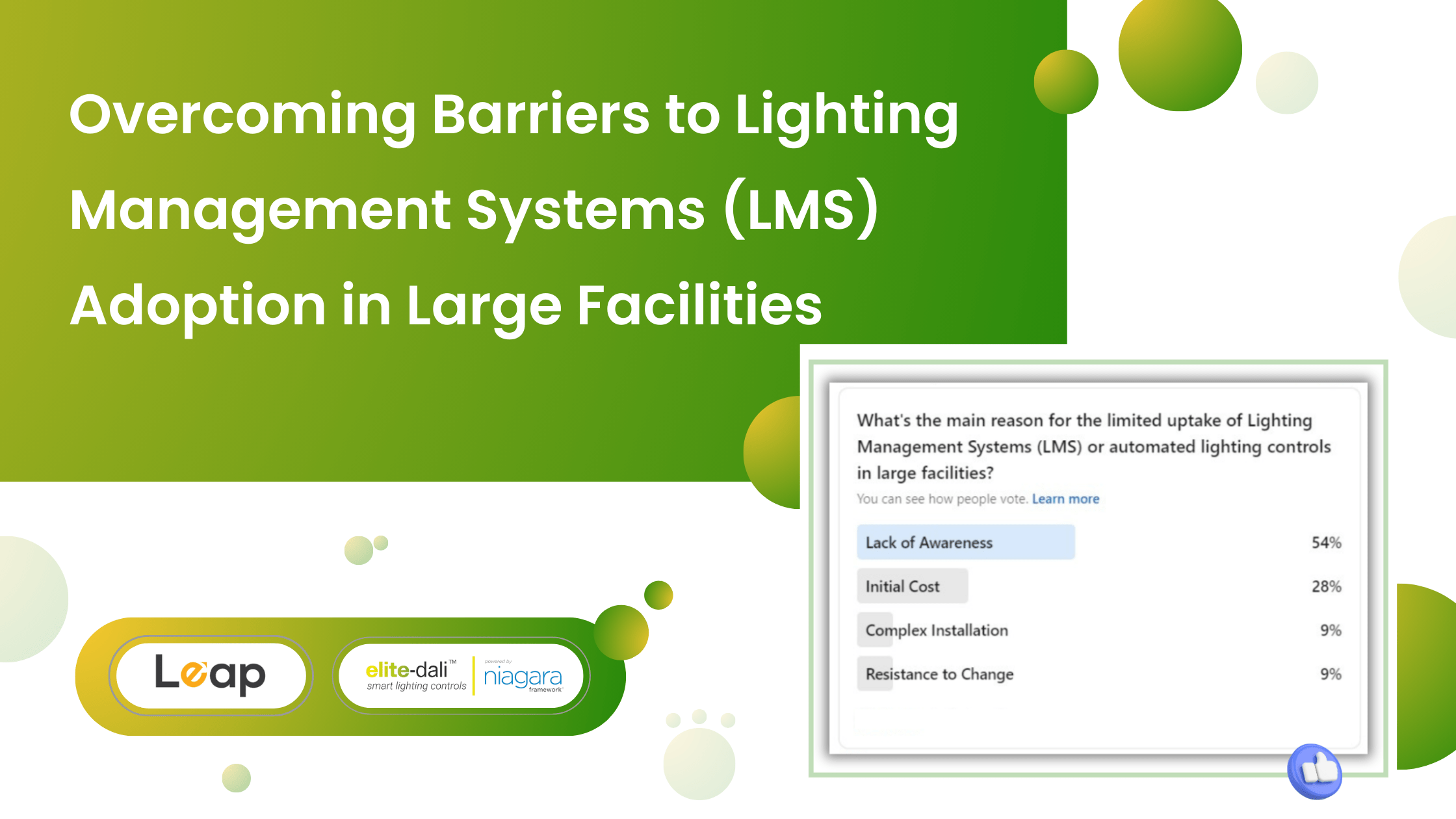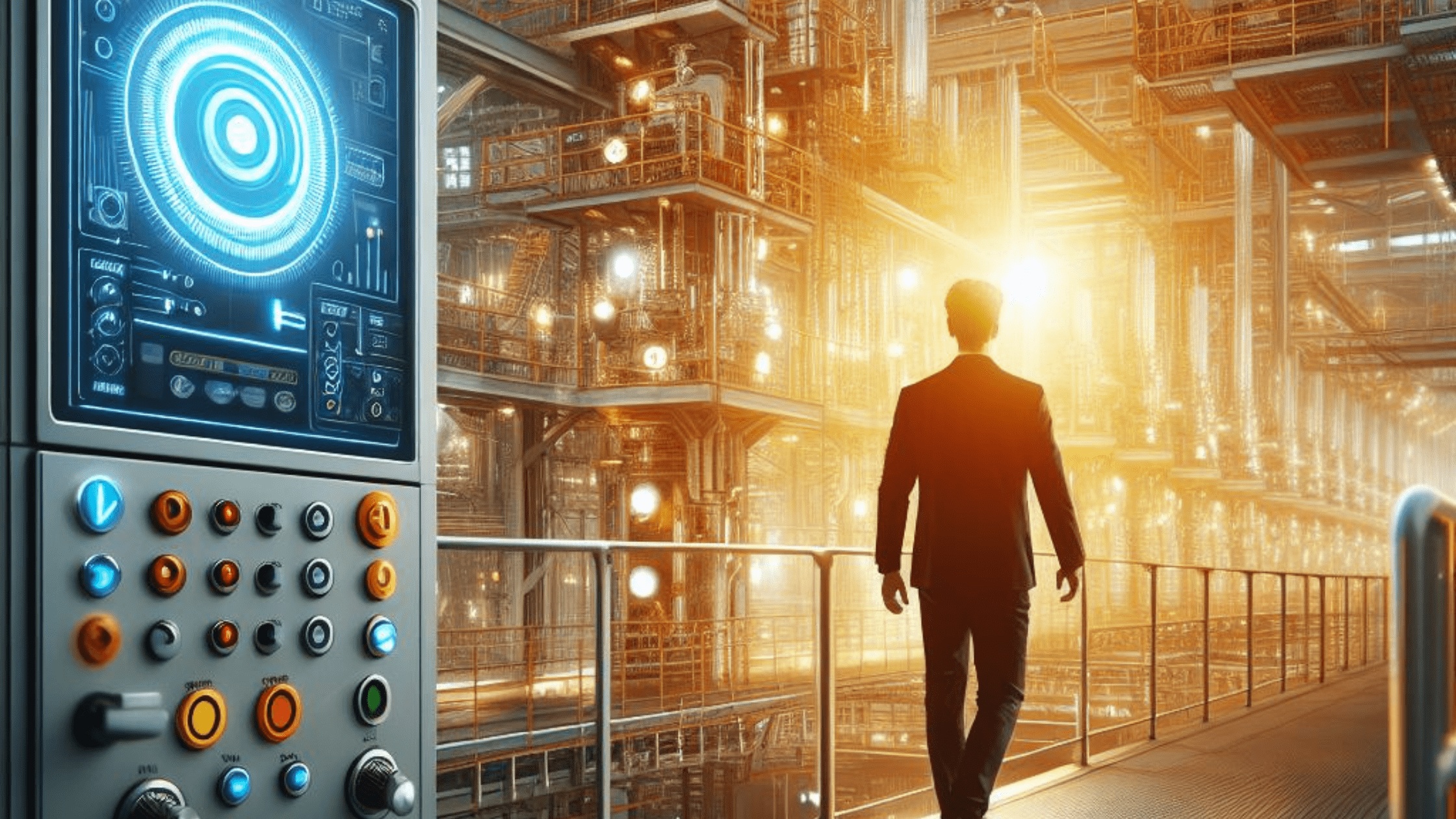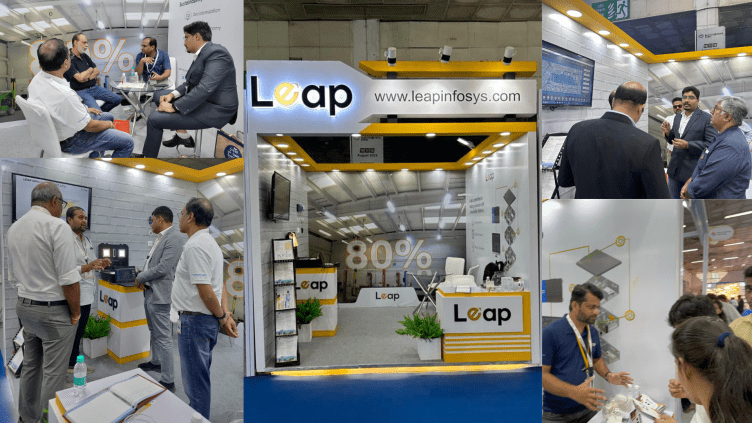How to set the right work environment with programmable lighting systems?
The physical space you work in plays a crucial role in setting the right mood, inducing productivity, and making things possible. It is not only about having the right amount of space or comfortable furniture, but also incorporates the ambient light you work in.
That said, the contemporary buildings are investing in creating an experience in the form of a workplace for the employees, leaving behind the traditional cubicles. Programmable lighting systems have a big hand in making it a reality as these lighting controls have the ability to customize the lights like we are actually “talking” to them.
Let’s see how programmable lighting systems help modern workplaces set the right environment.
1. Play with daylight
Daylight can be customized in multiple ways to set the right ambiance for every task in a workplace. You just need to focus on the orientation of the building and the arrangement of the windows to let in sufficient sunlight and shadows in the workplace.
With programmable lighting systems, you don’t just adjust lights for occupancy as your employees enter the space, but also readjust the lights and lower the shades as the sun covers your building. You can even lock the view around you to reduce the glare and heat that comes in with daylight.
The lighting and shade levels in space lit with daylight respond to the latter in such a way that the occupants receive the right amount of light for their tasks, no more no less, thereby saving energy.
Combined with occupancy sensors and timeclock events, you can use programmable lighting controls to customize lighting for certain activities. For instance, brainstorming sessions can be stimulated with cool light while decision-making or intense thought processes go well with warm lighting.
2. Create safer environments with custom lighting
Commercial buildings like industries and warehouses need well-lit areas for storing equipment, products, and other crucial items. Moreover, the staff working at such places need equally bright lights to move around and perform their jobs.
With programmable lighting systems, it is easier to create accident-proof work environments for the people working in warehouses, factories, and places alike. Bright and glare-free lighting stimulates risk free movement throughout the warehouse and makes the moving machinery visible to the staff, thereby preventing accidents and unwanted damage to the equipment.
In addition, programmable lighting systems also fulfill the need for high and low bay luminaires, vapor proof fixtures for elevated temperatures, and downlights for the highest light output. What’s more? Everything comes at low maintenance needs while providing longer life spans.
3. Design flexible workplaces
Experts say, office lighting should be designed in a way such that it is flexible enough to suit five generations of people working in the office. There are certain factors which determine flexibility for these generations, and each of these factors have their own definitions corresponding to the concerned generation. The factors include physical comfort, separate meeting areas, employee engagement, acoustic privacy, and security.
Programmable lighting systems look after the above-mentioned factors according to the requirements of different people. For example, you can employ LED task lighting if you are reading through documents or designing. However, for huddle rooms that are designed for informal meetings with a small group of people, natural light is always comfortable as compared to harsh lighting over the head.
Similarly, one space can be customized to transition into multiple environments such as a calm workplace for morning jobs, a cafeteria for lunchtime, or a sophisticated meeting room for team meetings in the afternoon.
4. Employ smart analytics
Nothing can beat the power of measuring and monitoring the performance of your lighting controls. Programmable lighting systems also equip you with the ability to keep track of your energy usage and look for a scope of improvement.
Such systems are not limited to offering remote control for managing lights in your building. They also provide you with actionable data, insights into space utilization, and the flexibility to manage your lighting controls from anywhere and at any instant of time.
Moreover, with real-time data on the performance of your lighting controls, you can optimize their functionality on the go. For instance, dimmers, occupancy sensors, and motion sensors can send real-time data, and based on the information, you can program them for an improved output.
5. Partner with the right people
The last step in personalizing your workplaces with programmable lighting systems is to partner with designers and developers who understand the experience you wish to create with lights. They should know about how to design the right lighting strategies according to the changing requirements of the modern buildings.
Look for people who can equip you with the right tools to create a customized environment in your workplace. The right lighting solutions provider will utilize the available data to design and implement a lighting strategy that caters to the specific needs of your workforce.
That said, partnering with elitedali offers benefits not less than the ones mentioned above. We provide smart, IoT convergent lighting controls and automation solutions for building managers, engineers and architects, and facility managers. With our advanced, DALI powered lighting controls technologies, you can create a comfortable, productive, and beautiful work environment for your workplace.
Create experiences that matter!








